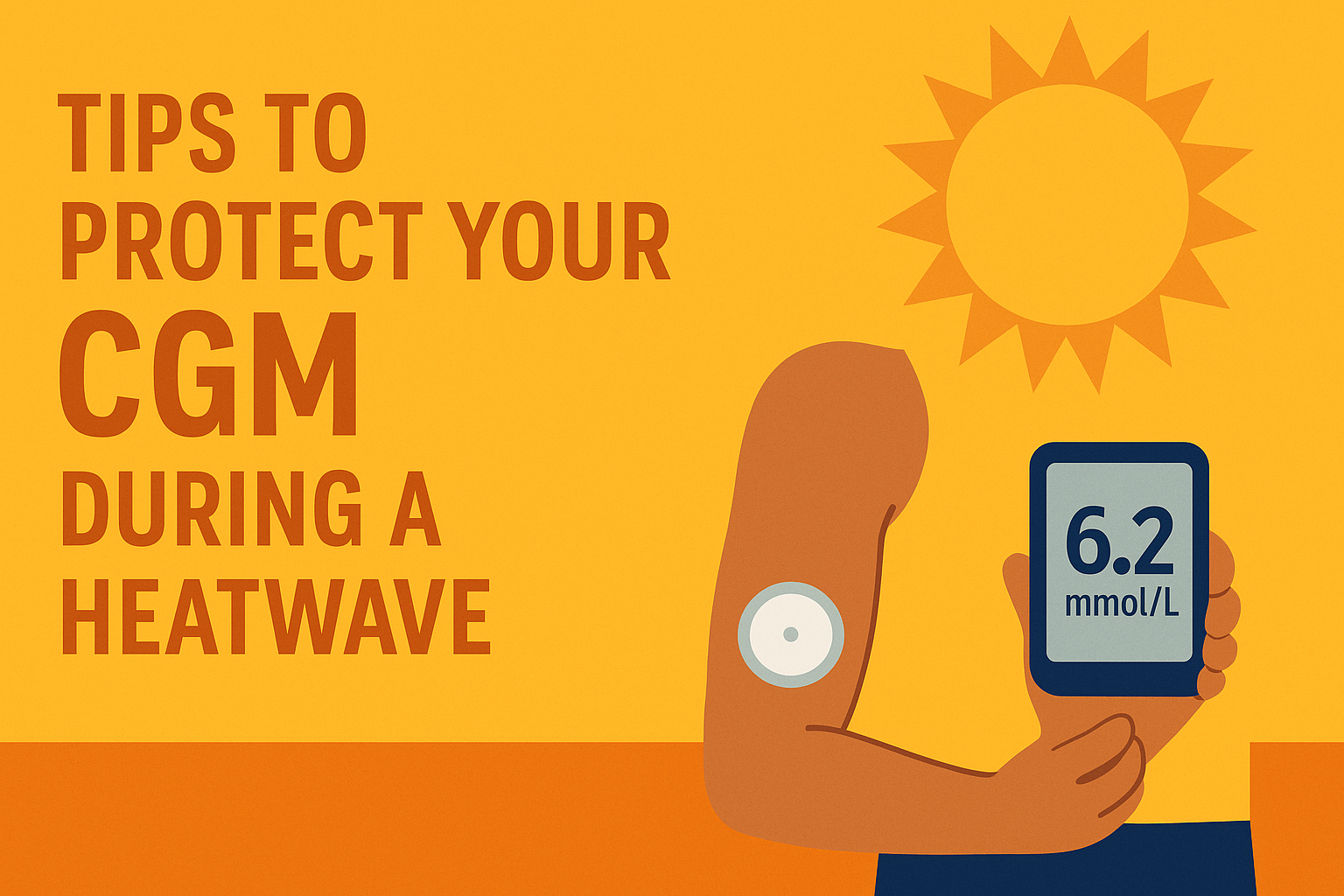Halloween Activities
Here we look at some of the tricks you can deploy to make the most of the treats whilst avoiding a blood sugar fuelled rollercoaster ride!

Halloween celebrations have grown in popularity in recent years and are no longer just an American tradition, or one solely for children.
For those with diabetes (PWD), as ever, there’s a need for careful planning to enjoy Halloween-themed activities, but it shouldn’t limit participation. In fact there are many ways to embrace the spirit of this autumnal event.
PWD = person with diabetes
***
Halloween doesn’t need to be just associated with eating sweets, and before we give you our tips for knocking on doors Trick or Treating, here's our top 8 suggestions for fun Halloween experiences.
1. Visit a Pick Your Own pumpkin patch
Some venues (usually a farmer’s field) also offer the option of choosing a pumpkin and then carving it to create a character face.
You could also look out for local pumpkin festivals, pumpkin nights or carving session held at a local venue. eg. garden centre or local bakery etc.
2. Host a Halloween film night
Example of films (not including the very scary horror ones):
|
Hocus Pocus The Nightmare before Christmas The Adams Family Beetlejuice |
Casper Ghostbusters Hotel Transylvania The Rocky Horror Picture Shop |
3. Make and put up Halloween decorations

This could be as part of getting ready for a party or just an activity on its own. Some households may decorate the front of their house putting pumpkins out and other spooky decorations. An idea for smaller properties and students is to hold an informal door decorating contest.
4. Bake some Halloween themed treats
Halloween can give you a chance to be creative with your cooking.
From pumpkin soup or pie, to toffee apples and cookies, there are plenty of options for theming your food around Halloween. You could of course choose treats with less carbohydrate and sugar content - pumpkins are a good source of fibre with plenty of vitamins and fat free.
| A cup of pumpkin typically contains 12g of carbohydrate and has a low impact on glucose levels. |
5. Dress up

Whether it's for a party or in preparation for trick and treating, or just to have some fun, dressing up in Halloween costumes with full-face make-up is a carb-free activity itself and an opportunity to take spooky photos.
Why not make your dressing up diabetes related too? - a PWD blog online recounted how they had dressed as a glucose monitor!
6. Hold a Halloween party
Partying can often involve drinking and dancing and if you are particularly active this can affect blood sugar in the same way as aerobic exercise. You may need to keep a check on your glucose levels throughout the evening. Be prepared to deal with hypos and if drinking alcohol, always remember that it's best to ensure you have eaten some carbohydrates beforehand.
If your trying a themed cocktail there are quite a few with ghoulish names that are particularly popular at Halloween including the Zombie (typically has 20g carbs), Bloody Mary and Jack-o-Lantern. Take a look at the the Spruce Eats for inspiration.
Remember, sugary cocktails might spike your blood glucose and levels can fall too low very quickly. For tips read our Cocktails and Carbs blog here.
7. Find a spooky trail

Check out local parks and historic sites for events near you. You may also find activities hosted by your library or theatre. Some cities have a Ghost Trail as a tourist attraction - I can recommend one I've been on one in York!
8. Visit a theme park
Many theme parks and historical sites put on special activities for Halloween eg. Scarefest at Alton Towers or Fright Nights at Thorpe Park.
For national events across the country, take a look at the Visit England website here.
Wherever you live, you’ll probably find an event going on near you…
Tips for Trick & Treating

- Ensure PWD can access their CGM to scan or make changes to pump settings if needed. If making a costume it's a good idea to make it loose fitting to allow for this.
- Plan ahead and adjust basal insulin as appropriate for extra activities. Remember, lower temperatures outside can contribute to low blood sugar.
- Take hypo treats that you know the correct dose for dealing with hypos. It can be difficult to make the correct choice when it’s dark, cold and there’s lots of excitement!
- Carry/wear medical id in case of emergency. Make sure those around PWD are aware of the condition and know what to do in case of emergency.
- Agree in advance if treats can be eaten on the go and if so, set a limit so that insulin doses (if MDI ) can be adjusted to try to maintain stability. It can be difficult to keep a track on what's been consumed so try to regularly test or scan to check blood sugar levels.
| Bear in mind that a sensor/CGM may be affected If it’s particularly cold. For example, a FreeStyle Libre sensor operates between 10OC and 45OC. |
Tricks for managing the treats

If you’re out trick or treating, it can be very tempting to have a few of the treats (or all of them!) you’ve bagged as you go but this could adversely affect blood glucose levels.
Here are our suggestions for dealing with a deluge of treats:
- On return from trick and treating, divide the sweets out with other participants and/or share with your family.
- Family members could offer to exchange some treats for non-food items or perhaps give cash/vouchers or even do something for the PWD that would be considered a treat.
- Count the treats into portions and keep these as treats to be given over a longer time frame eg. treats could be used in a similar way to an advent calendar.
Popular treats
Here's the carb content for some popular treats so you can start to plan in advance:
| Skittles | fun bag | 14g |
| Milky Way | fun size bar | 16g |
| Mars Mini | fun size bar (18g) | 13g |
| Fudge bar | 1 standard bar | 19g |
| Smarties | fun size (10g) | 8g |
| Twix | fun size bar | 10g |
Thank you for reading. Happy Halloween!
🧙♀️👻🧟♂️
Disclaimer
Details and data is correct to the best of the author’s knowledge at the time this blog is published. We do not accept responsibility for any errors or omissions. Information is for guidance only and it is recommended that you confirm specific details and suitability yourself with the supplier, or your healthcare provider.
Love My Libre is not associated or affiliated with any of the aforementioned medtech providers. Content here and on our website www.lovemylibre.com does not constitute medical advice or replace the relationship between you and healthcare professionals nor the advice you receive from them.
The author of this blog has type 1 diabetes and uses the FreeStyle Libre 2 which is provided on NHS prescription. We do not have any affiliate relationship with Abbott or FreeStyle Libre.
All third party devices and apps mentioned are registered trademarks of their respective owners.




Leave a comment (all fields required). Please note, we are unable to respond to individual comments posted here.